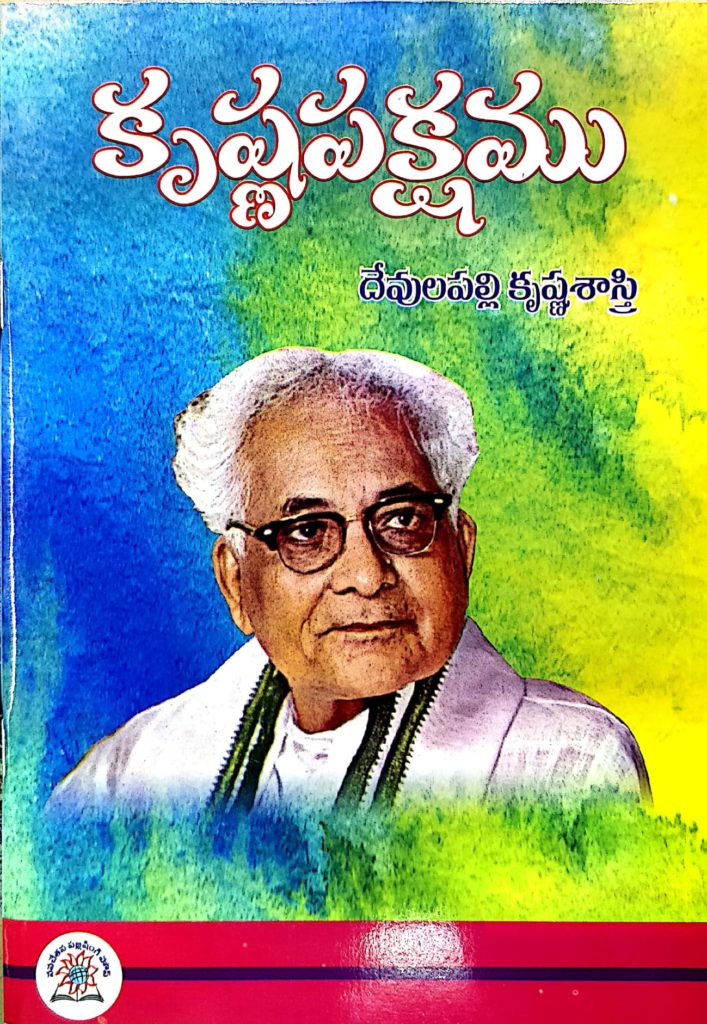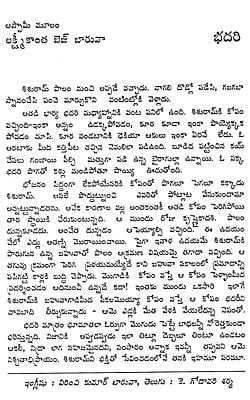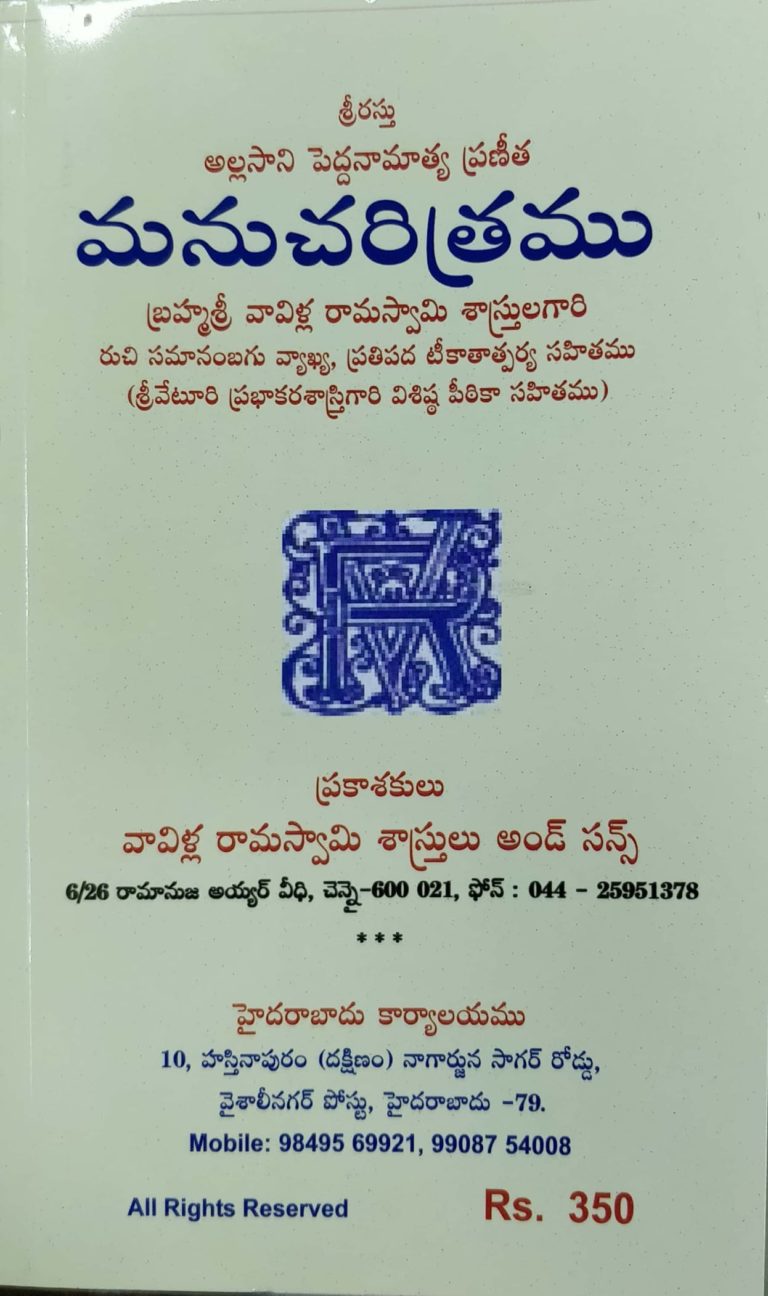

In chapter 6 (“When Does Sītā Cease to Be Sītā: Notes Toward a Cultural Grammar of Indian Narratives”), VNR juxtaposes Sanskrit Ramayanas with Telugu retellings (ranging from oral traditions to modernist short fiction) and illuminates how the Ramayana functions as a language for articulating Indian value systems. Three middle chapters attend to Ramayana traditions and questions of gender.

Eschewing either/or propositions, VNR suggests that purāṇas (and Indian texts more generally) stride the line: better to recognize that the “recorded” (or written) text is actualized by the tradition (author/performer or paurāṇika, and audience) to form the “received” text of living performance and interpretation (pp. Chapter 13 in particular complicates philological debates over the genre's being oral or textual. 139) and the ideological and epistemological frameworks it uses to structure narrative traditions. Instead VNR defines the genre by its place in a larger society of texts (p. In so doing, the chapter incidentally offers a short course in the reading protocols for premodern Telugu poetry.Ĭhapters 3 (“ Purāṇa as Brahminic Ideology”) and 13 (“ Purāṇa”) push beyond text-critical approaches to the purāṇa. This essay stands out as much for its rich literary-historical method as for its historical contributions: VNR examines the work's manuscript and print incarnations to reveal the contours of the culture that would encounter colonial modernity. He asks how an anthology of cynical poetic maxims for small-time political functionaries (village scribes or karaṇams) was co-opted as a moral grammar for children by colonial authorities. In chapter 5, VNR picks up the argument's modern threads.

#TELUGU SAHITYAM PDF FILE ARCHIVE#
Chapter 2 leverages the sizable corpus of poetry on nīti (pragmatic politics) and shows it to be a necessary archive for premodern political history. This tension between Sanskritic paradigms and other modes in Telugu is a broader preoccupation in the collection.Ĭhapters 2 (“Notes on Political Thought in Medieval and Early Modern South India,” co-authored with Sanjay Subrahmanyam) and 5 (“Multiple Lives of a Text: The Sumati Śatakamu in Colonial Andhra”) demonstrate the contribution of Telugu materials to the study of South Indian political culture. In particular, VNR traces the ways Telugu adopted Sanskrit poetry and grammar, and alludes to how it ultimately “acquired a status similar to that of Sanskrit in preceding centuries” (p. Chapter 4 highlights Telugu's relationship with Sanskrit. VNR heeds especially the traditions’ narratives about their beginnings in the eleventh-century South Indian courts and subsequent moments when poets resisted or renovated these earlier paradigms. Chapter 1 definitively maps major modes and tensions in precolonial Telugu literary cultures rather than comprehensively cataloging authors and works. General introductions to premodern Telugu literature come in chapters 1 (“Multiple Literary Cultures in Telugu: Court, Temple, and Public”) and 4 (“Coconut and Honey: Sanskrit and Telugu in Medieval Andhra”). At the same time, he aims to oppose reductive analyses, holding literature to be fundamentally multivocal-susceptible to a variety of interpretations, possessing lives and afterlives, and thus distinct from and “unfettered by … overpowering authorial sermon” (p. This broad thematic and chronological compass is cut by VNR's attentiveness to the social and ideological dimensions of the texts. Among them are the fifteen pieces collected in Text and Tradition in South India.Ĭovering over 900 years of South Indian literary traditions, the essays’ stand-out themes include “concepts of author, text, and the historicity of text cultures,” as well as “orality and literacy” and “the quiet impact of colonial modernity on Indian text practices” (p. What's more, in over thirty years he has produced a crop of insightful essays that bring the substantial body of Telugu traditions to bear on the broad questions of South Asian and literary studies. His works, composed singly and with a stable of collaborators, now form the small library of monographs and translations that practically constitutes the field's literature. Velcheru Narayana Rao (or VNR, as he is known) is the preeminent scholar of Telugu studies in the American academy.


 0 kommentar(er)
0 kommentar(er)
